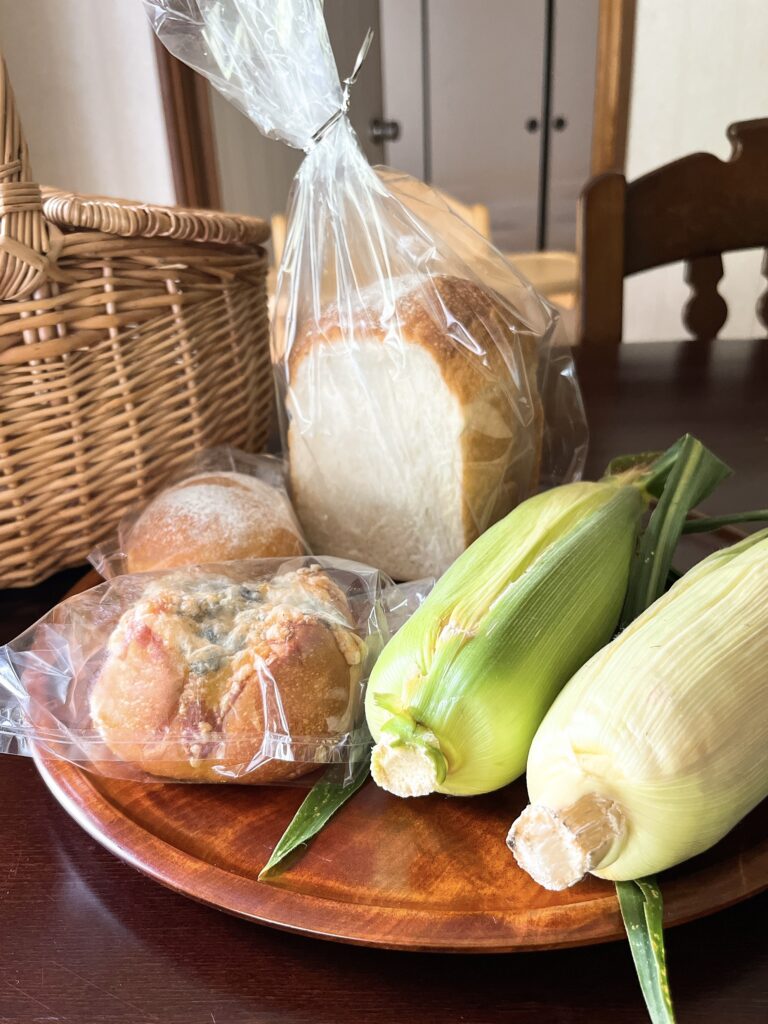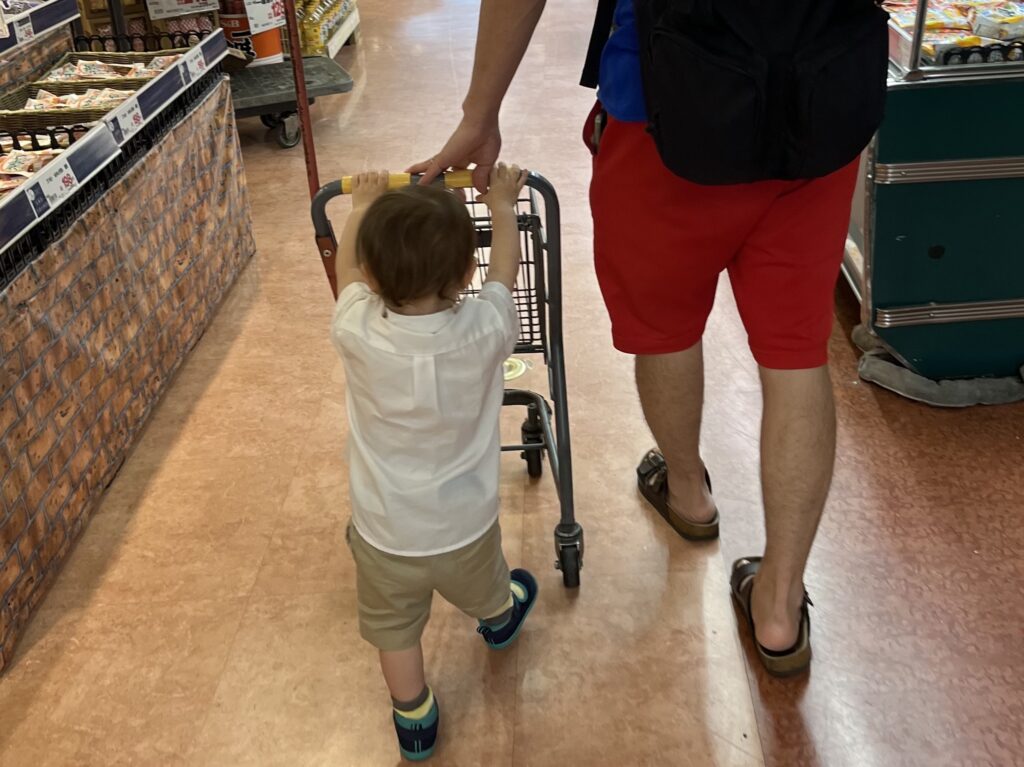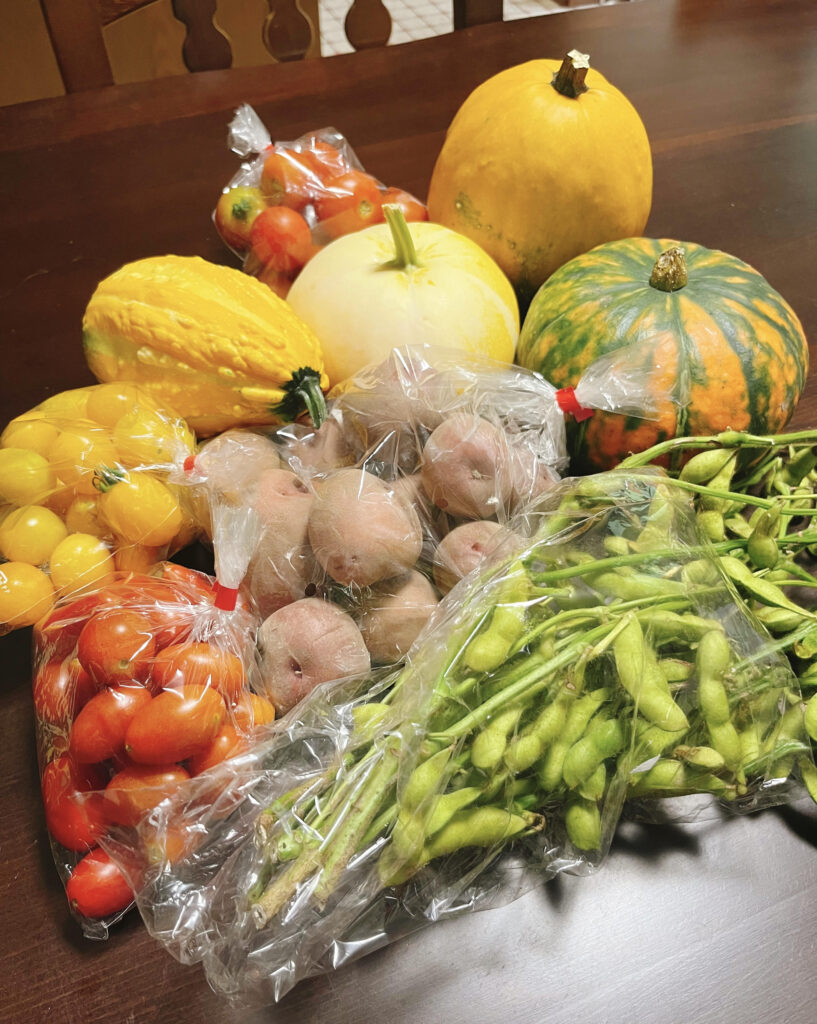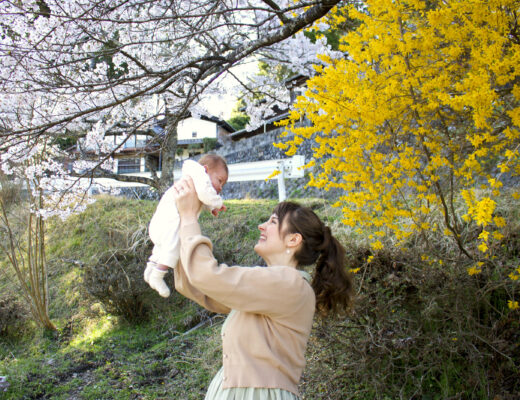When I first moved to Japan, navigating the grocery store was a huge challenge.
I struggled with reading food labels, and had no idea what people ate on a regular basis, what food was available seasonally, or how to make a meal out of the random ingredients on the shelves.
I had plenty of experience cooking, and my mom made sure that I knew the basics of making good food and shopping thriftily.. but it took several years of living abroad before my language skills and foundational understanding of Japanese food ingredients matched my abilities in the kitchen and with a calculator.
The first few months of living overseas I had no idea that I was shopping at an “expensive” grocery store that closed early in the evening, and that there was an affordable, 24-hour grocery store just across the street!!
(Granted, the cheaper store was underground inside a shopping center so not super visible, but I would have had no clue without the tip-off from one of the ladies in my sharehouse!)
The first few weeks of my overseas life especially, I had very little money as I was 23 years old and had just bought the things to supply my basic living needs. I didn’t know when food went on sale, and often rushed into the grocery store after work just before closing time, grabbing whatever random pre-cooked items were left and hoping that they tasted okay.
As time went on, I began to realize the flow of sale times, what tasted good, and locate familiar ingredients and read basic labels. Slowly – very slowly – the grocery store became less intimidating, and I knew how to navigate the aisles, and even use the self-checkout machines using the Japanese language setting.
Eating became much easier (and tasty!)!
Yet, this was only the beginning of my overseas food journey!

After becoming married, healthy eating became even more important. My (native Japanese) husband taught me about food sale advertisements, and I began learning how to make some simple, traditional Japanese meals such as nabe.
My language skills increased, and I became more familiar with when certain foods are in season, and what is available in the different supermarkets, including my favorite foreign foods.
I began to enjoy grocery shopping!
During the beginning of my food journey overseas, my goal was to demystify the stores and products and ingredients available, and to cook basic healthy meals.
I love learning about how food affects our health. After experiencing fertility difficulties and being diagnosed with PCOS, my interest in healthy eating increased. We also decided as a family that although we do occasionally enjoy eating out, our priority is on home-cooked meals, and cooking in a cost-effective way.
That does not mean always prioritizing cost over other factors, though – we believe that there are different ways to invest our money, and that sometimes local food (or produce farmed in a more responsible, sustainable way) is worth paying extra.

Japan is different from the U.S. because it is an island, and much of its food is imported while fallow fields once owned by elderly farmers go to waste. This means that, unfortunately, food prices are fragile and very dependent on the global economy.
Food shortages and shipping costs can have a significant impact on such an import-dependent country, which is why national food security is a pressing political and agricultural issue.
For example, due to the war with Russia and Ukraine, we have seen the price of commercial goods such as eggs increase rapidly, and the price of over 10,000 food goods have increased, or will increase very soon.
At many restaurants, prices have gone up, and/or food portions have shrunk. Some products have hidden inflation (“shrinkflation”), where prices are unmoved, but the amount in containers has decreased.
In addition, many foods imported from abroad to Japan contain more artificial ingredients, and/or high amounts of preservatives. This is why we (generally) avoid buying some products such as imported meat.
Add to this the fact that many commercialized fruits and vegetables are losing nutritional value due to farming methods, and thinking seriously about food and global economic trends is even more important!

After moving to a rural area, starting a family, and experiencing the economic issues over the last 3 years, my approach toward food has shifted. Instead of being concerned only with basic knowledge of food, I desire to eat to our best advantage.
My primary focus is on the home: our family, homemaking, and our home businesses.
Although my husband certainly helps out in the kitchen, in our home I am primarily responsible for the health of our family through purchasing and making healthy food, meal planning, and budgeting our food.
I believe that many people take this meaningful work for granted, and rely too much on the medical industry to keep them healthy instead of eating right and getting enough exercise. I am thankful for medical advancements, but still desire for healthy home-cooked food to be our first immune defense against illness, and fuel for our bodies.
Eating healthy and in a cost-effective way is valuable and important, whether you are overseas or in your native / birth country!
Our current family food goals are to:
- Cook nutritionally healthy, delicious meals
- Eat seasonally
- Purchase more food that is locally sourced
- Reduce our consumption of highly processed foods
And, eventually, to grow more of our own food and learn more about food preservation!
Although I do not expect to meet our food goals overnight, we are taking steps to achieve these goals. There are so many resources available – such as space to garden on our new property, free recipe tutorials online, and etc. – but it is not always possible for us to make the most of every opportunity right away.
Until doing more is possible, it’s okay to start small – some potted herbs in the sunroom is still a step in the right direction!
Every little bit of knowledge and practice counts!
Eating well also does not have to be over-complicated or expensive!! For example, the seasonal produce we recently purchased in the photo above was just 850 yen ($6.39) from a local shop!
Eating overseas definitely has a learning curve.
It is rough overcoming language barriers, and re-learning the most basic things. Sometimes, it can make you feel like a child. It can be frustrating, time-consuming, and hard to figure out what works best for you and your family (and budget).
However, the more you make the effort to learn and grow, the easier it gets. You become more resilient – and a better cook!
Do you have any questions about eating overseas?
Please leave a comment below!






1 Comment
[…] Eating Overseas […]